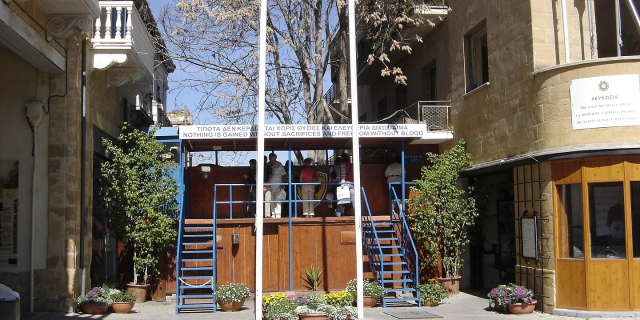Paphos Archaeological Park (also Kato Pafos Archaeological Park) contains the major part of the important ancient Greek and Roman city and is located in Paphos, southwest Cyprus. The park, still under excavation, is within the Nea Pafos ("New Paphos") section of the coastal city.
Its sites and monuments date from prehistoric times through the Middle Ages. Among the most significant remains discovered thus far are four large and elaborate Roman villas: the House of Dionysos, the House of Aion, the House of Theseus and the House of Orpheus, all with superb preserved mosaic floors, especially an Orpheus mosaic. In addition, excavations have uncovered an agora, asklipieion, basilica, odeion, and Hellenistic-Roman theatre, and a necropolis known as the "Tombs of the Kings".
Nea Paphos is one of the three components forming the Paphos archaeological complex inscribed on the UNESCO World Heritage List in 1980 for its outstanding mosaics and ancient remains, as wel...Read more
Paphos Archaeological Park (also Kato Pafos Archaeological Park) contains the major part of the important ancient Greek and Roman city and is located in Paphos, southwest Cyprus. The park, still under excavation, is within the Nea Pafos ("New Paphos") section of the coastal city.
Its sites and monuments date from prehistoric times through the Middle Ages. Among the most significant remains discovered thus far are four large and elaborate Roman villas: the House of Dionysos, the House of Aion, the House of Theseus and the House of Orpheus, all with superb preserved mosaic floors, especially an Orpheus mosaic. In addition, excavations have uncovered an agora, asklipieion, basilica, odeion, and Hellenistic-Roman theatre, and a necropolis known as the "Tombs of the Kings".
Nea Paphos is one of the three components forming the Paphos archaeological complex inscribed on the UNESCO World Heritage List in 1980 for its outstanding mosaics and ancient remains, as well as its historical religious importance.
Nea Paphos was probably built by Nicocles, the last king of Paphos, at the end of the 4th c. BC. By the beginning of the 2nd c. BC it became the capital of the island, replacing Salamis during the Hellenistic era under the Ptolemies.



























Add new comment